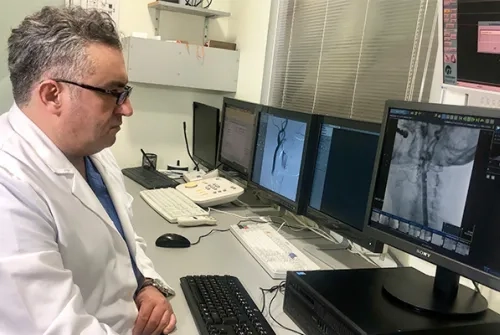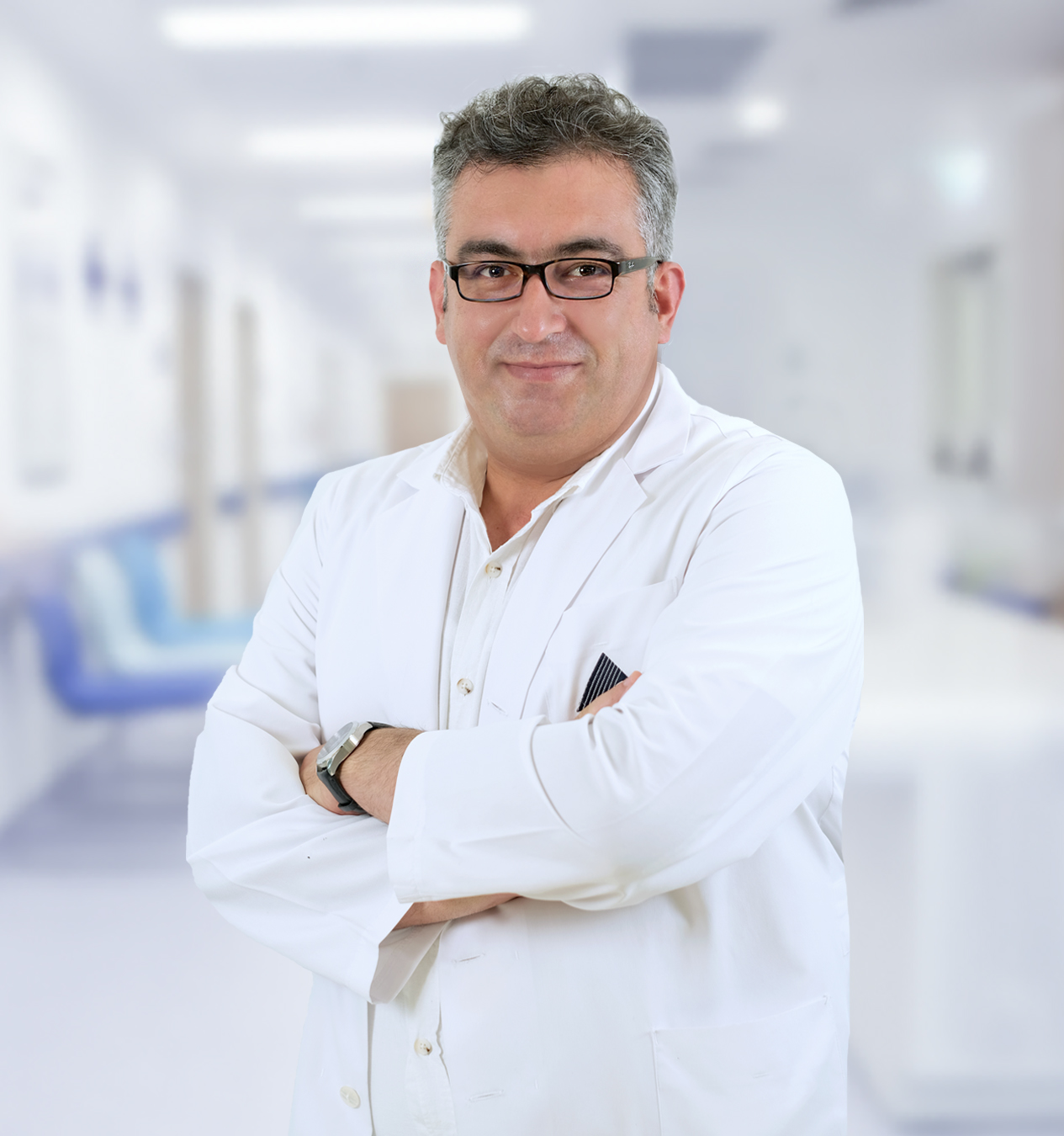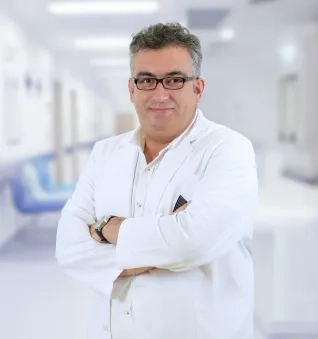Alo Yeditepe
Alo Yeditepe
Carotid Artery Disease
“It is Possible to Prevent the Serious Consequences of Carotid Artery Disease by Early Detection”
Pointing out that not only the elderly but also young people may face carotid artery disease, Cardiology Specialist said, “Especially situations such as sedentary life, worsening of nutrition, increased incidence of diabetes, and increase in obesity cause carotid artery disease to be observed in the young population and increase the risk of paralysis and strokes.” "It causes," he said.
Carotid artery disease, commonly known as carotid artery disease, is a disease that is not well known, even though its effects are great and is responsible for a large portion of stroke patients. However, Yeditepe University Kozyatağı Hospital Cardiology Specialist Prof. Dr. Olcay ÖZVEREN said that since the disease is insidious, we are faced with a situation that may result in loss of life if it is not noticed. Dr. ÖZVEREN explained that treatment of the disease is possible when it is detected early. Reminding that cardiovascular diseases still rank first in loss of life all over the world, our expert stated that carotid artery disease has a rate of approximately 36 percent among these patient groups.
“Carotid Artery Disease Also Affects Young People and Athletes”
Our expert explains that although advanced age is among the risk factors for carotid artery disease, this problem also affects young people: “There is no difference in the incidence of carotid artery disease between genders. The ratio between men and women is almost equal. Although it is mostly seen in the elderly population, the young population can also face this disease. In particular, sedentary life, worsening nutrition, increased prevalence of diabetes, and increase in obesity cause carotid artery disease to be observed in the young population and increase the risk of strokes. However, in young active athletes, ruptures in the vessels may occur with sudden neck movements. In the course of rheumatic diseases, vascular involvement, which we call vasculitis, may occur. Therefore, this group needs to be careful,” he said.
What are the Symptoms of Carotid Artery Disease?
Explaining that the carotid artery is a vascular disease that is responsible for the majority of patients who have had a stroke, our expert said, "Especially those who are in the risk group for coronary artery disease; diabetics, smokers, people over 75 years of age, high blood pressure patients, people who lead sedentary lives and obese people also at risk for carotid artery disease. This problem, which is mostly insidious, sometimes emerges with a murmur that is noticed during examination in the clinic. Afterwards, detailed examination is carried out," he said.
How is Carotid Artery Disease Diagnosed?
Saying that the disease is revealed by imaging methods, our specialist said, “We can reveal this disease by ultrasonography, tomography, angiography, classical angiography and conventional angiography methods. If the narrowing is not very occlusive, there is no clinical outcome, or there is less than 50 percent narrowing in the segment that occludes the vessel, we can treat it with drug therapy. "Medication can prevent this from happening curatively," he said.
“Carotid Artery Disease Treatment
Underlining that carotid artery diseases are among the group of treatable diseases, our Cardiology Specialist gave the following information about the treatment: “We use three different methods in treatment. We can treat the plaque with medication, placement of a stent in the neck vein, or surgical methods called carotid endarterectomy. When an acute stroke occurs, we can remove the clot, which we call thrombus aspiration methods, and ensure the patient's complete recovery. The diversity of these treatment methods may vary depending on the patient's clinical condition, vascular structure, and the presence of additional diseases. In some patients, sequelae - tissue disorders - may remain. It is necessary to intervene within the first 6 hours after the clot, which we call thrombus, has broken down. In this case, patients can achieve complete recovery.”
Does Carotid Artery Disease Recur?
Our expert explained that with early treatment, consequences such as loss of life or stroke that may be caused by carotid artery disease can be prevented, but it should be known that there is a risk of recurrence of the disease, and continued his speech as follows: “Since there are two carotid arteries, when you solve the problem that is one-sided, you may face the same problem on the other side.” There is a possibility of encountering “We try to prevent this in clinical follow-ups.”
How to Prevent Carotid Artery Disease?
Stating that carotid artery diseases, like other cardiovascular diseases, are among the group of preventable diseases, the Cardiologist lists the things that need to be done for prevention as follows: We recommend that smokers have neck vein ultrasonography every 5 years. We reduce this follow-up period to annual periods in patients in whom we detect atherosclerosis plaque in the neck vessels during our ultrasonography examination. As with other cardiovascular diseases, lifestyle changes are also extremely important. "We can actually prevent carotid artery disease with factors such as being active in sports in our daily lives, paying attention to our nutrition, getting rid of obesity with diet and exercise if there is obesity, controlling diabetes, and quitting smoking."
About
Faculty and Year of Graduation:
İ.U. Cerrahpaşa Faculty of Medicine, 2000
”
See Also
- What is Heart Rhythm Disorder (Arrhythmia)? Symptoms and Causes
- What is Sudden Cardiac Death? What are the Symptoms?
- What is a Heart Attack? What are the Symptoms of a Heart Attack?
- What is Intravenous Ultrasound (IVUS)?
- The Risk of High Blood Pressure Increases as You Go to High Altitudes
- By 2025, Hypertension Patients Are Expected to Reach 1.5 Billion
- Misconceptions about the Female Heart
- Coronary CT Angiography (Virtual Angiography)
- Effort Test
- Heart Attack Causes and Symptoms
Alo Yeditepe




